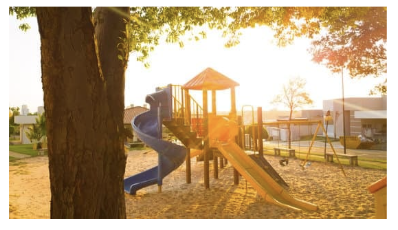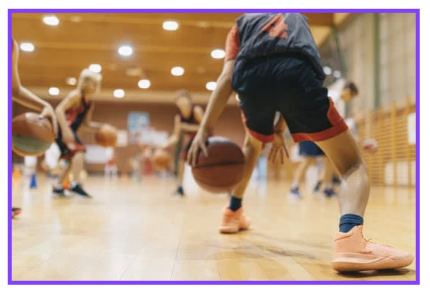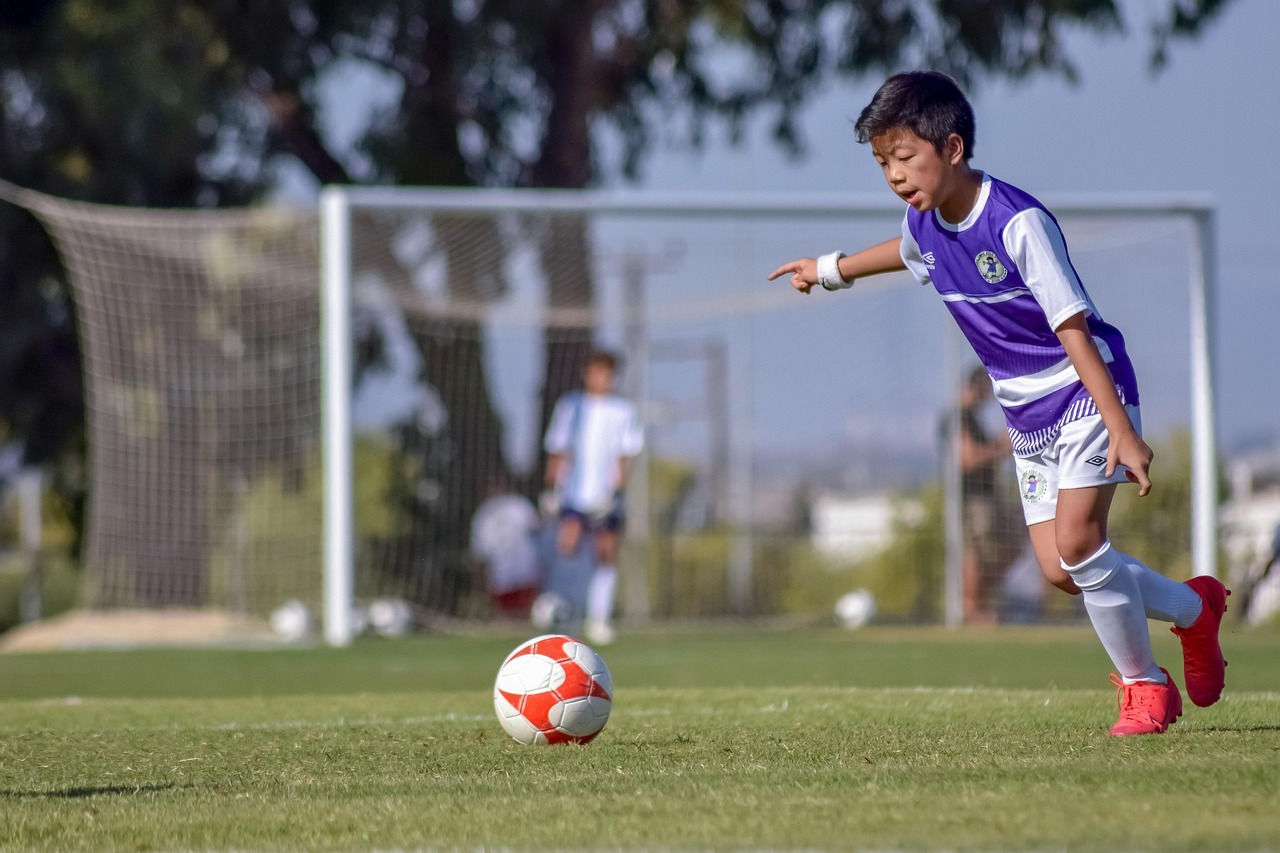Yes, kids fall too! The weirdest things happen to kids.
Kids Fall
Afterward, Do They Just Need Time to Heal, or a Reset?
We all know kids fall — a lot!
Whether it’s learning new skills, testing limits, or being goaded into taking risks by friends, falling is part of childhood.
Younger kids fall because they haven’t yet developed a sense of boundaries or safety. Sometimes they climb too high or go too fast. These falls can even be forceful enough to break bones or require stitches.
Older kids often fall from sports oopsies, using poor judgement while their pre-frontal cortex is developing, and questionable Tik-Tok challenges.
Chiropractic, massage, or PT can help with recovery. But when they don’t help enough, a muscle reset might be the key.
Why Kids’ Falls Are Different From Adults’
Falls in children aren’t the same as falls in adults — and neither is the recovery process.
Here’s why:
- Healing mindset: Adults usually rest and ease back into activities. Kids? They tend to keep moving, even when their body isn’t fully healed.
- The way injuries happen: Kids fall hard. The sheer force can create more complex injuries, often affecting multiple areas of the body.
- Casting and immobilization: Growing muscles lose coordination quickly. Even a week in a cast can disrupt muscle control and precision.
- Overlooked secondary impacts: Kids often hit more than one body part when they fall. The secondary injuries get ignored because everyone focuses on what hurts the most in the moment.
When to Suspect Your Child Needs More Than Time to Heal
While urgent care and follow-ups are critical right after an injury, there are times when “just wait and see” isn’t enough for their full recovery.
Look for these signs that your child’s body may benefit from some additional recovery support:
- Behavior changes: A child’s body language often speaks louder than words. If they’re unusually cranky, restless, or struggling with sleep, it may mean their nervous system is out of balance from their body being out of balance.
- Coordination changes: If sports or everyday movement seem “off” after the fall, their muscle coordination may need re-centering. A fall can impact more than the immediate area of impact.
- Avoidance of activities: Sometimes the only clue is what your child won’t do. Avoiding once-loved sports or playground activities can mean their brain is protecting them from an unstable or uncomfortable movement pattern.
Although kids’ bodies are generally pretty resilient after an injury, there are attributes associated with falls that pose challenges to their coordination in the long term.
Examples of Kids and Hidden Issues from Falling
Over the years, Bridging® Specialist Becki Logan has seen a number of kids who have fallen. Often their parents are bringing them to the Bridging Institute for help with unresolved pain, or performance that is not their norm. This happens because of hidden issues from the falls which still need to be addressed. Here are two stories:
 Tag, Slip, and Fall
Tag, Slip, and Fall
An 8-year old was being chased during a version of playground equipment tag. The only problem was that it had rained, there was a wet spot, and she didn’t react to the wet surface to stop a fall. She fell off the playground structure and hurt her arm. She may have also hit her head.
She just didn’t seem right after the fall. She was moving much slower and being less coordinated in her overall play. This didn’t make sense since nothing was broken or too banged up.
Using the Bridging Technique problem-solving process we determined that the injured arm’s muscles had their core connection disturbed from the impact. It was fairly quick to reset these muscles and their link with her core.
The resets restored her overall coordination between the head, neck, and shoulders.
 Basketball Bumps — ALL of Them
Basketball Bumps — ALL of Them
During a basketball scrimmage, a 9-year old fell on the court. His foot was stepped on after he fell, and that received prompt attention from the coach and medical professionals.
Although he really wanted to get back to playing basketball, he kept making excuses to not play during practices. His parents also noticed that his gait and foot were not right.
The Bridging assessment surfaced that his core also got twisted when his hip hit hard against the court. Once his core muscles were re-centered, his body felt better and he was back out on the court playing with his team again!
How Bridging Resets Kids’ Systems After a Fall
Yes, we use the Bridging® Technique with kids after they’ve had a fall. The questions we ask are the same for kids and adults:
- Which muscle reactions disrupted by the fall are impacting coordination?
- Which balance reactions need to be reset to restore stability?
It takes careful observation and our detective work within the Bridging process to surface all the effects of the incident.
The muscle resets are fast, gentle and lasting, with kids usually bouncing out of the office after their session! Yes, kids respond faster than adults.
Help Your Child Recover Fully
Falls happen. But your child doesn’t have to be left with hidden muscle and coordination issues that affect their confidence and performance for years to come.
Very often unresolved imbalances are the hidden reason a child loses interest in their main sport or activity, or the cause of their weird pain that seems to have no cause.
Bridging may be the missing piece to a full recovery. Most kids can feel tangible improvements in 1–3 sessions, as they return to their usual activities.

